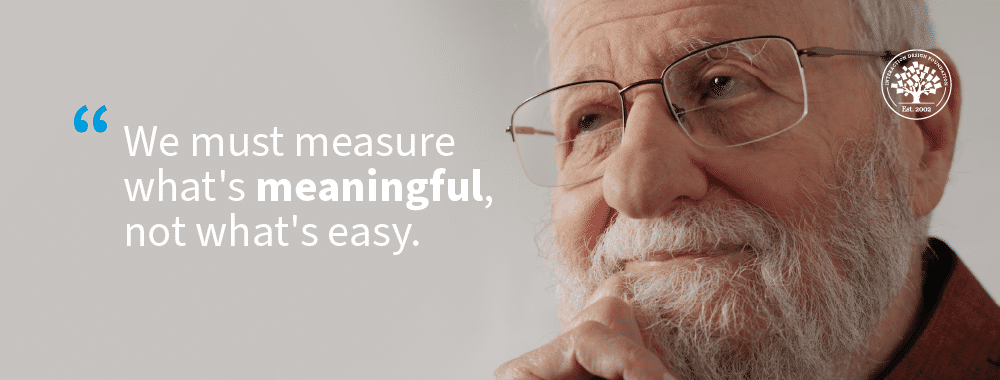Incrementalism or muddling through offers a flexible way to approach complex problems. However, pitching to funders who want to see concrete results from their investments can be difficult. To address this, Don Norman offers a modified version of incrementalism that borrows concepts from software development. Here he explains the idea of incremental modular design.
Show
Hide
video transcript
- Transcript loading…
Key Features of Incremental Modular Design
Define the goals: Get everyone—the funders, the communities, and all the stakeholders—to agree on the goals of the large project.
Democratize design: Involve the people we are designing for, through methods such as participatory design. They will identify their problems and needs and help us develop solutions.
The minimum viable project: Deliver the solution in small steps, analyze the results, and decide the next course of action based on the analysis.
Independent modules: Develop modules with clearly defined input and output requirements but hidden internal workings. Teams must be able to change how the modules work internally without affecting the inputs and outputs.
Advantages of Incremental Modular Design

We can adapt to different social and technical conditions when we have a clear goal and use multiple smaller projects divided into standalone modules.
© Interaction Design Foundation, CC BY-SA 4.0
Incremental modular design offers flexibility in terms of:
Requirements: As the team delivers, tests and learns from each incremental step, it can adapt and course-correct easily and even tweak the requirements if needed.
Module replacement: Since modules are independent, the team can update any module without harm to the system as long as the input and output requirements remain the same.
Local adaptation: It doesn’t matter how the module works internally. So, the team can change the internal workings to suit local cultures.
The Take Away
Incremental modular design combines incrementalism with concepts borrowed from project management and computer science. Teams divide a project into relatively small steps, then each step into modules. Each module has predefined input and output requirements, which they use to evaluate their progress. Each module should produce a useful result, which the team can test to ensure it meets the input and output requirements. How each module works internally does not matter as long as the module meets the requirements.
With this framework, teams can pitch and secure funds for large projects and retain the flexibility of several smaller incremental steps.
Download this step-by-step guide on incremental modular design to tackle large problems flexibly.


References and Where to Learn More
For more on incremental modular design, see Don Norman’s book Design for a Better World: Meaningful, Sustainable, Humanity Centered.
Additional resources from the book “Design for a Better World” are available at the Resources for DBW website.
Read more articles and essays by Don Norman on JND.org.
Incremental modular design borrows from agile principles. Take the course Agile Methods UX Design to learn more (included in your IxDF membership).
Here is a quick overview of Agile Development.
The goal of agile design is not to be perfect, but “good enough” and deliver results iteratively. This article expands on this notion further in the context of agile, and the same applies to incremental modular design:
How to Succeed as a Designer on Agile Teams: Embrace Imperfection
What are Minimum Viable Products?
Hero image: © Interaction Design Foundation, CC BY-SA 4.0











